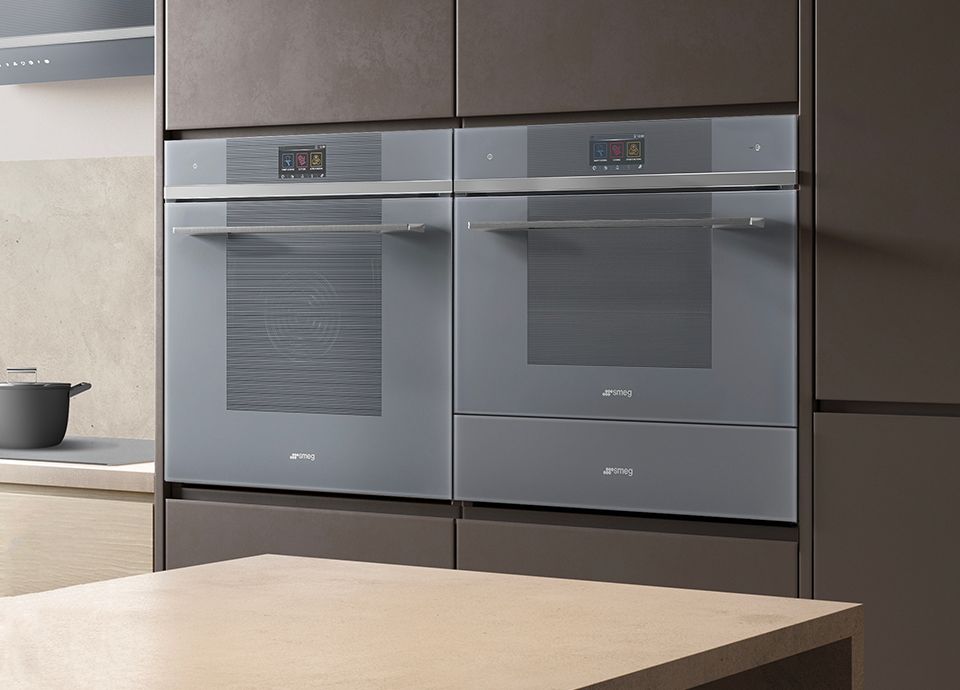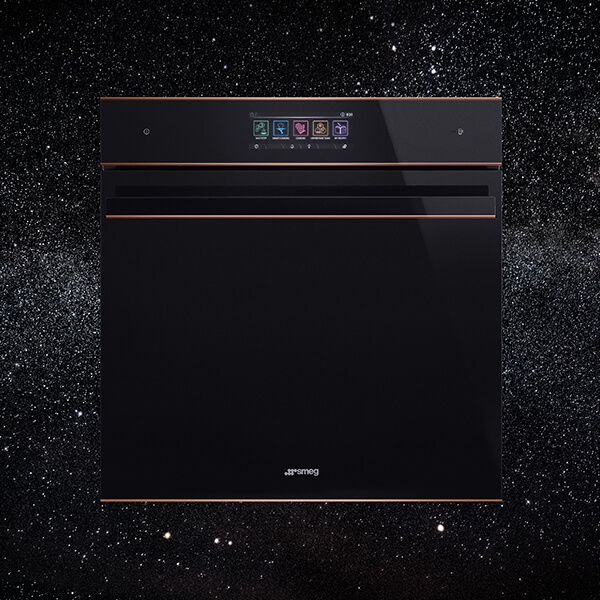If you’re a coffee lover, you'll know that the texture of milk influences both the flavour and presentation of your drink. The milk consistency improves the taste of your brew, creating a creamy, smooth mouthfeel while balancing the strength of the coffee.
Many popular coffee drinks rely on frothed, foamed, or steamed milk to achieve their signature style. Cappuccinos are known for their thick, airy foam, while lattes require smooth, silky steamed milk. Flat whites, on the other hand, use finely textured microfoam to create a rich yet subtle balance between milk and espresso.
That said, knowing how to froth, foam, or steam milk for the perfect coffee is important. In this guide, we’ll explore all the tips and tricks for achieving this with or without a milk frother!




















































































































































